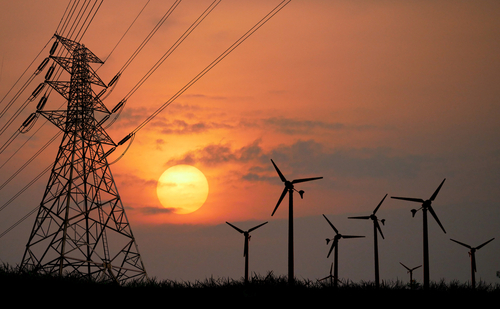Renewable sources reach 24 percent share of U.S. electricity generation in first half of 2022

Over the first six months of the year, 24 percent of utility-scale electricity generation in the United States came from renewable sources, according to the latest Electric Power Monthly data from the U.S. Energy Information Administration (EIA).
Between January and June in 2021, renewables’ share held at 21 percent – meaning the industry clawed another 3 percent of the total from the hands of more traditional sources over the year. Renewables, in this case, include hydropower, wind, solar, geothermal, and biomass sources. While generation from renewable sources has grown significantly in recent years, the top contenders remain hydropower, solar, and wind, with wind dominating.
Wind capacity grew at a slower pace than solar over the last year, though. Approximately 14.3 GW of wind capacity was added between June 2021 and June 2022, bringing the total U.S. wind capacity to 137.6 GW. Though it doesn’t hold the ultimate crown for renewables, utility-scale solar capacity experienced record installation growth in 2021 nationwide. Between June 2021 and June 2022, 17.6 GW of new capacity came online, bringing total U.S. utility-scale solar capacity to 65.8 GW.
Although the year is not over, the EIA advised that hydropower and wind generation tend to peak in the first half of the year due to the greater amount of windy days and melting snowpack. Another 7 GW of wind and 13 GW of solar capacity should come online by the end of 2022, and renewables overall will likely make up a smaller share of generation than they did in the first half of the year.
